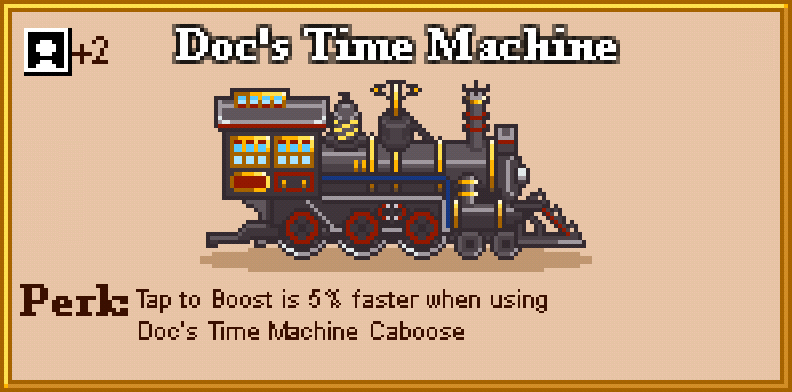
Unlike some trams and light rail systems, modern monorails are always separated from other traffic and pedestrians due to the geometry of the rail. Mumbai Monorail serves alongside Mumbai Metro, while monorail lines are integrated with conventional rail lines in Bangkok's BTS Skytrain network.

Monorails are in use urban areas alongside conventional parallel railed metro systems. Like other advanced rapid transit systems, monorails can be driven by linear induction motors like conventional railways, vehicle bodies can be connected to the beam via bogies, allowing curves to be negotiated. They can be individual rigid vehicles, articulated single units, or multiple units coupled into trains. Monorail vehicles often appear similar to light rail vehicles, and can be staffed or unstaffed.

Monorails are often elevated, sometimes leading to confusion with other elevated systems such as the Docklands Light Railway, Vancouver SkyTrain, the AirTrain JFK and cable propelled systems like the Cable Liner people mover which run on two rails. Monorail vehicles are wider than the guide way that supports them.” Similarities Vehicles either are suspended from or straddle a narrow guide way. In most cases rail is elevated, but monorails can also run at grade, below grade or in subway tunnels. To differentiate monorails from other transport modes, the Monorail Society defines a monorail as a "single rail serving as a track for passenger or freight vehicles. Monorails have found applications in airport transfer and medium capacity metros.

Monorail on concrete columns in Chongqing, China


 0 kommentar(er)
0 kommentar(er)
